Associated Faculty & Staff

Dr. P S Sai Krishna
Faculty



About the Lab:
A Control and Automation Lab is a specialized facility in engineering education and research that focuses on imparting practical knowledge and skills related to control systems, automation technologies, and renewable energy sources. This lab incorporates various training systems and equipment to provide hands-on experience to students and researchers in the fields of control engineering, industrial automation, and sustainable energy technologies.
Let's briefly explore each of the mentioned Equipment(s):
Photovoltaic Training and Research System: This system involves solar panels and equipment that allow students to study the generation and utilization of electricity from solar energy. It might include solar panels, charge controllers, inverters, and monitoring systems.
PV Emulator: A PV emulator replicates the behavior of photovoltaic systems for educational and research purposes. It simulates the output of solar panels under different conditions, helping students learn about grid integration, control algorithms, and system optimization.
Wind Energy Training Systems: These systems emulate the behavior of wind turbines and help students understand wind energy conversion, power generation, and grid integration. They might include wind turbine models, power electronics components, and wind speed simulation.
Programmable Logic Controller (PLC) Trainer: A PLC trainer introduces students to industrial automation. It includes a simulated or real PLC along with input/output devices, allowing students to design and implement control logic for various applications.
Electro-Pneumatics and Electro-Hydraulics System: These systems combine electrical control with pneumatic and hydraulic actuators. Students learn about integrating control systems with mechanical components, which is crucial in many industrial applications.
Multiple Input and Multiple Output (Four Tank System): This system demonstrates complex control scenarios using multiple sensors and actuators. Students can experiment with control strategies like PID (Proportional-Integral-Derivative) to regulate fluid levels in tanks.
Robotics: The robotics component of the lab involves robotic platforms and manipulators. Students learn about robot kinematics, dynamics, programming, and control for tasks like pick-and-place, path following, and more.
Internet of Things (IoT): This aspect of the lab focuses on connecting devices and systems through the internet. Students learn how to collect, analyze, and utilize data from various sensors and actuators to implement smart and automated solutions.
These components collectively provide students with practical exposure to various facets of control systems, automation technologies, and renewable energy sources. The lab environment allows students to design, implement, and test control algorithms, automation strategies, and energy management systems. Additionally, they can gain insight into the integration of emerging technologies like IoT and robotics into industrial and energy applications.
Overall, the Control and Automation Lab with the mentioned components serves as a vital resource for preparing students for careers in industries that require expertise in control systems, automation, and sustainable energy technologies.
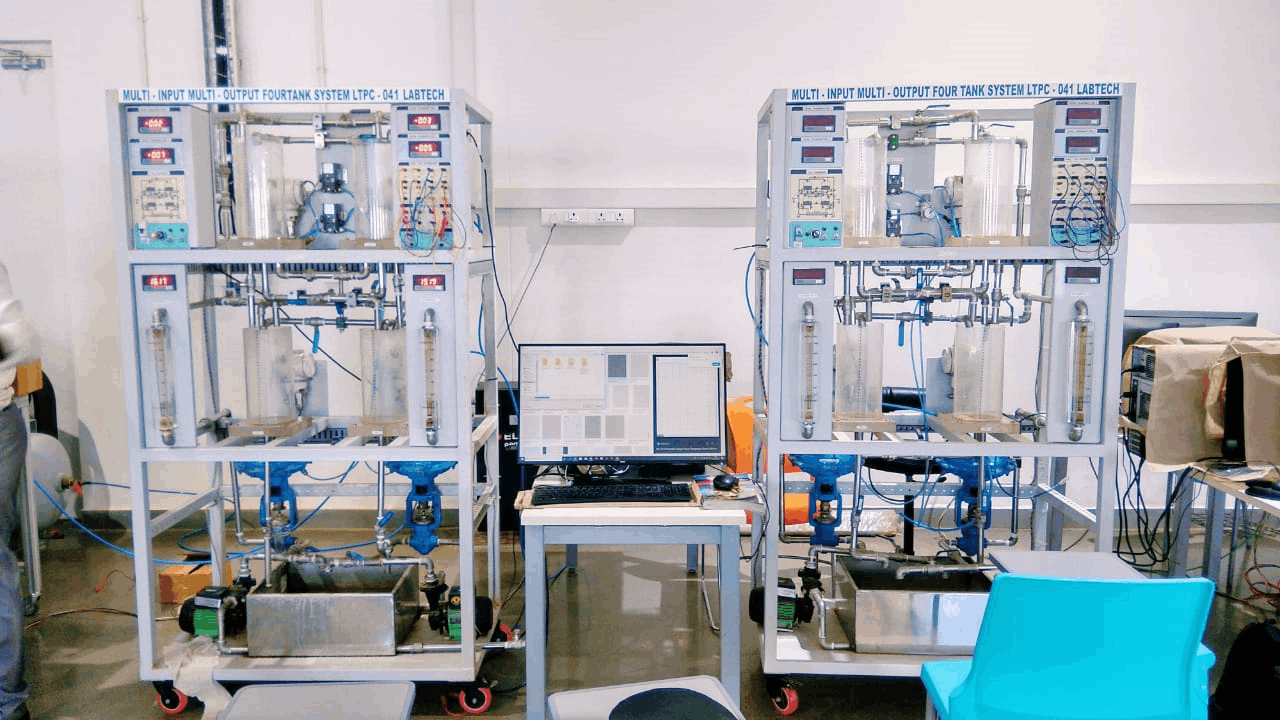
Multiple Input and Multiple Output (Four Tank System)
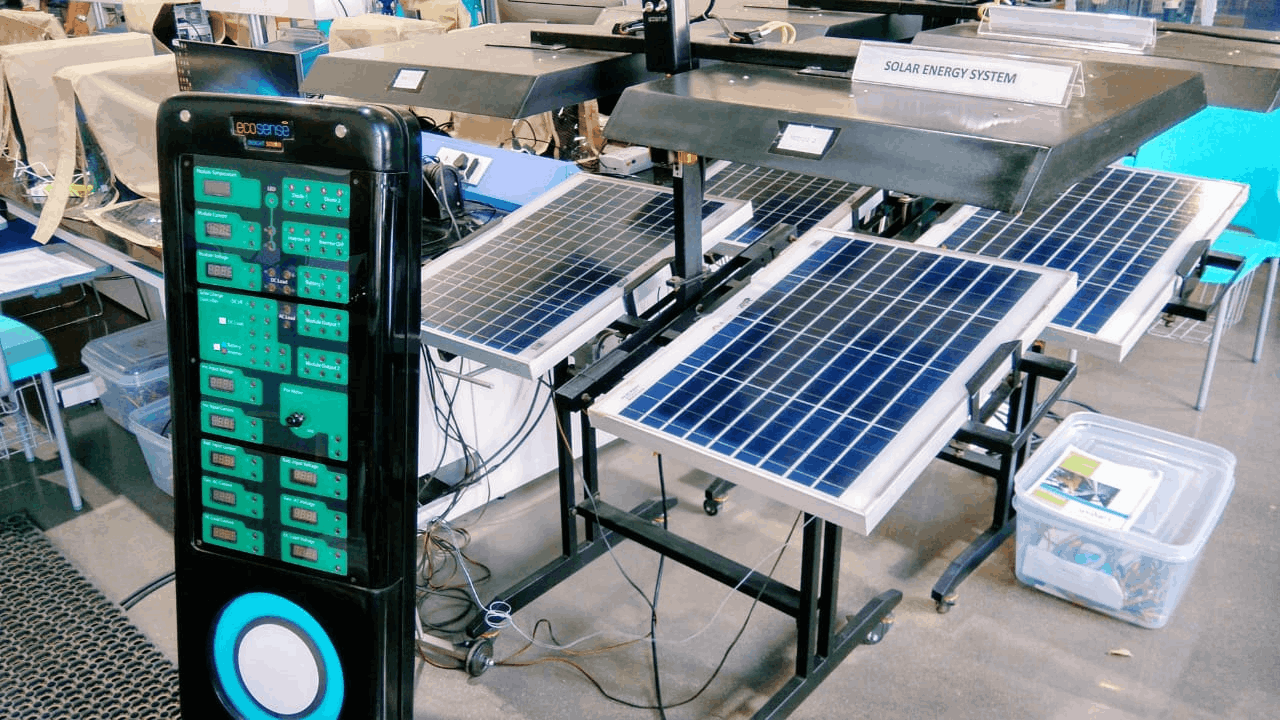
Photovoltaic Training and Research System
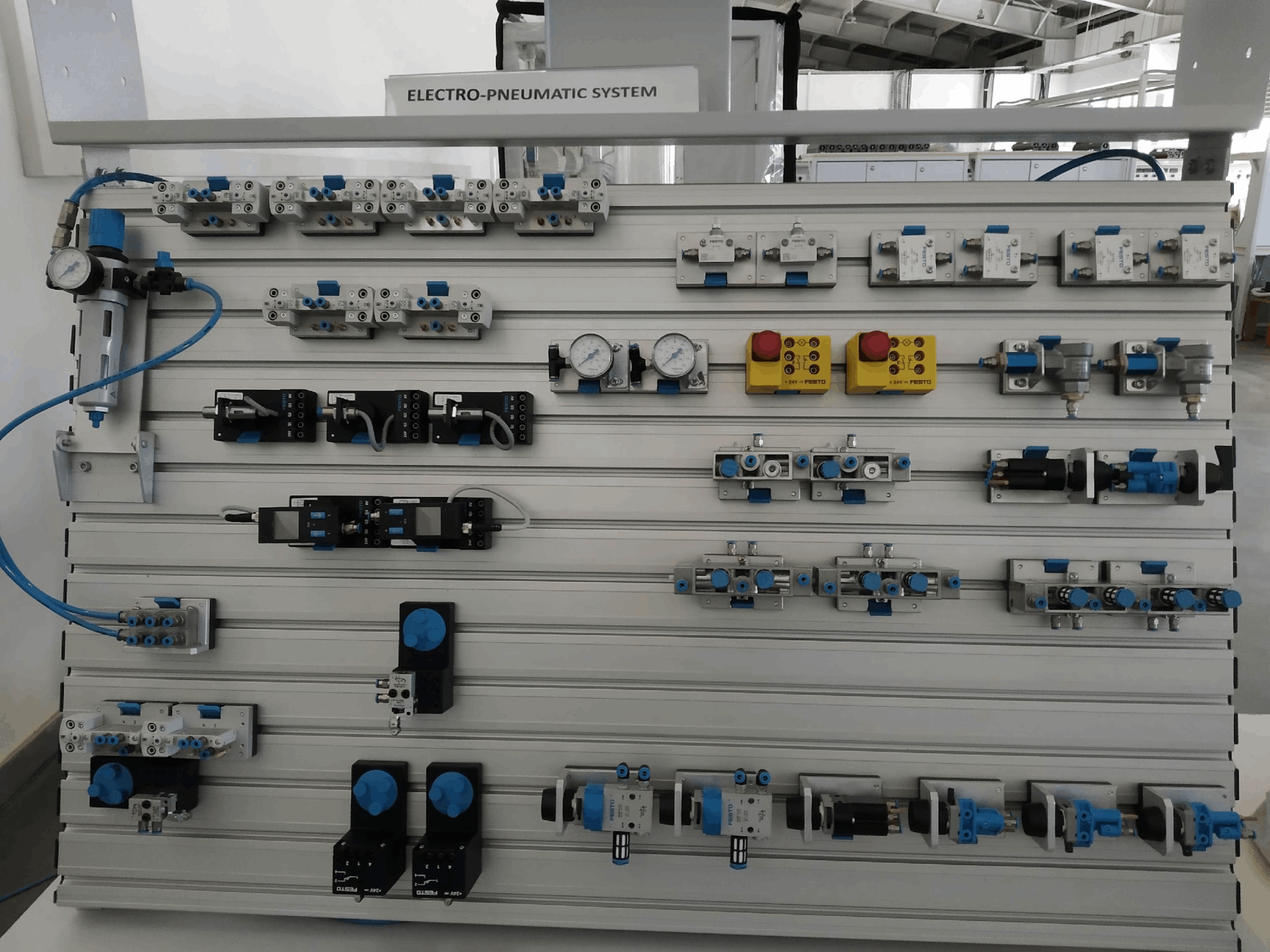
Electro Pneumatics System
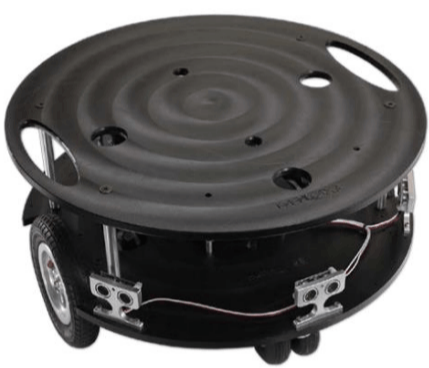
Intelligent Robot
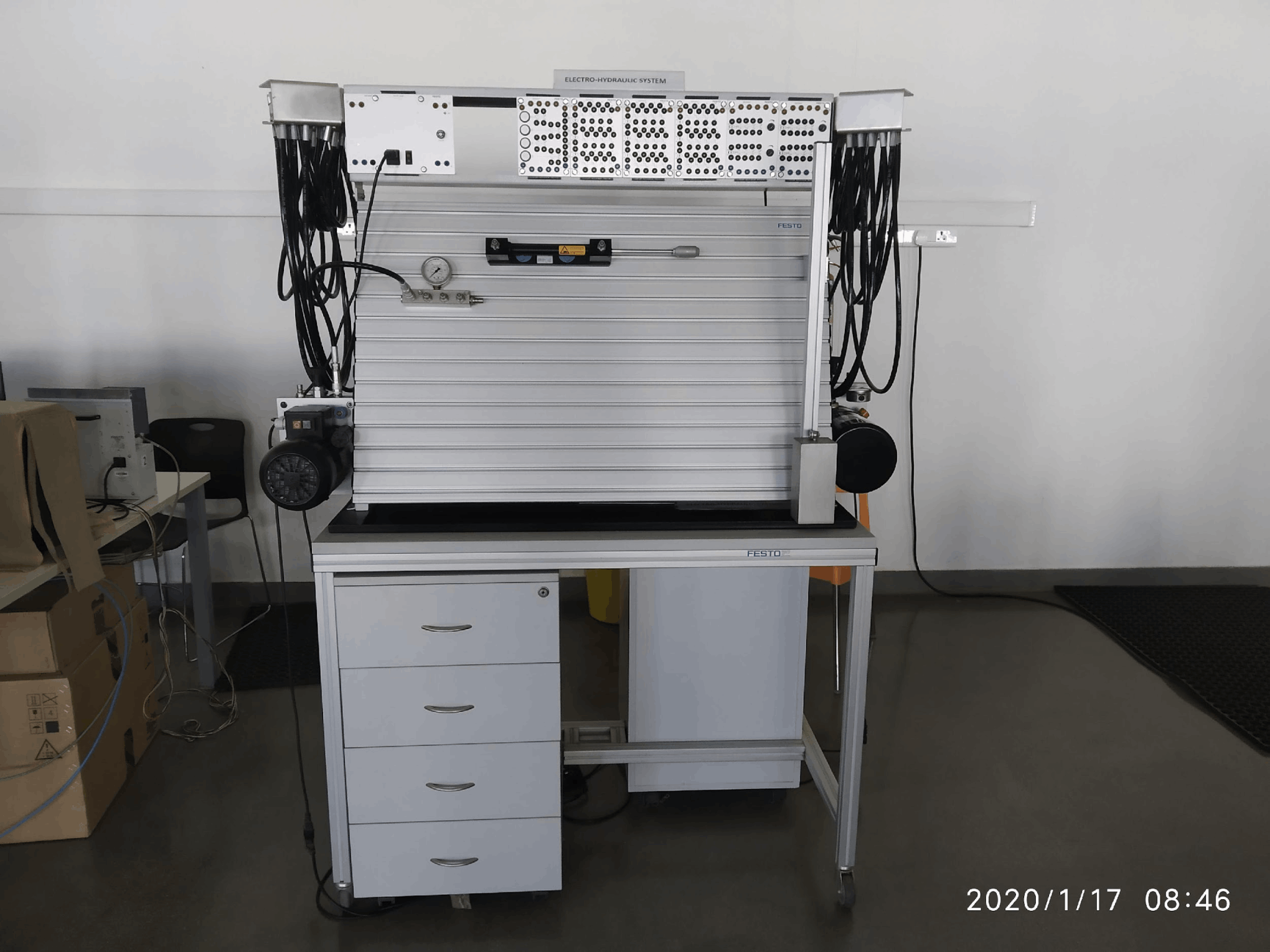
Electro Hydraulics System
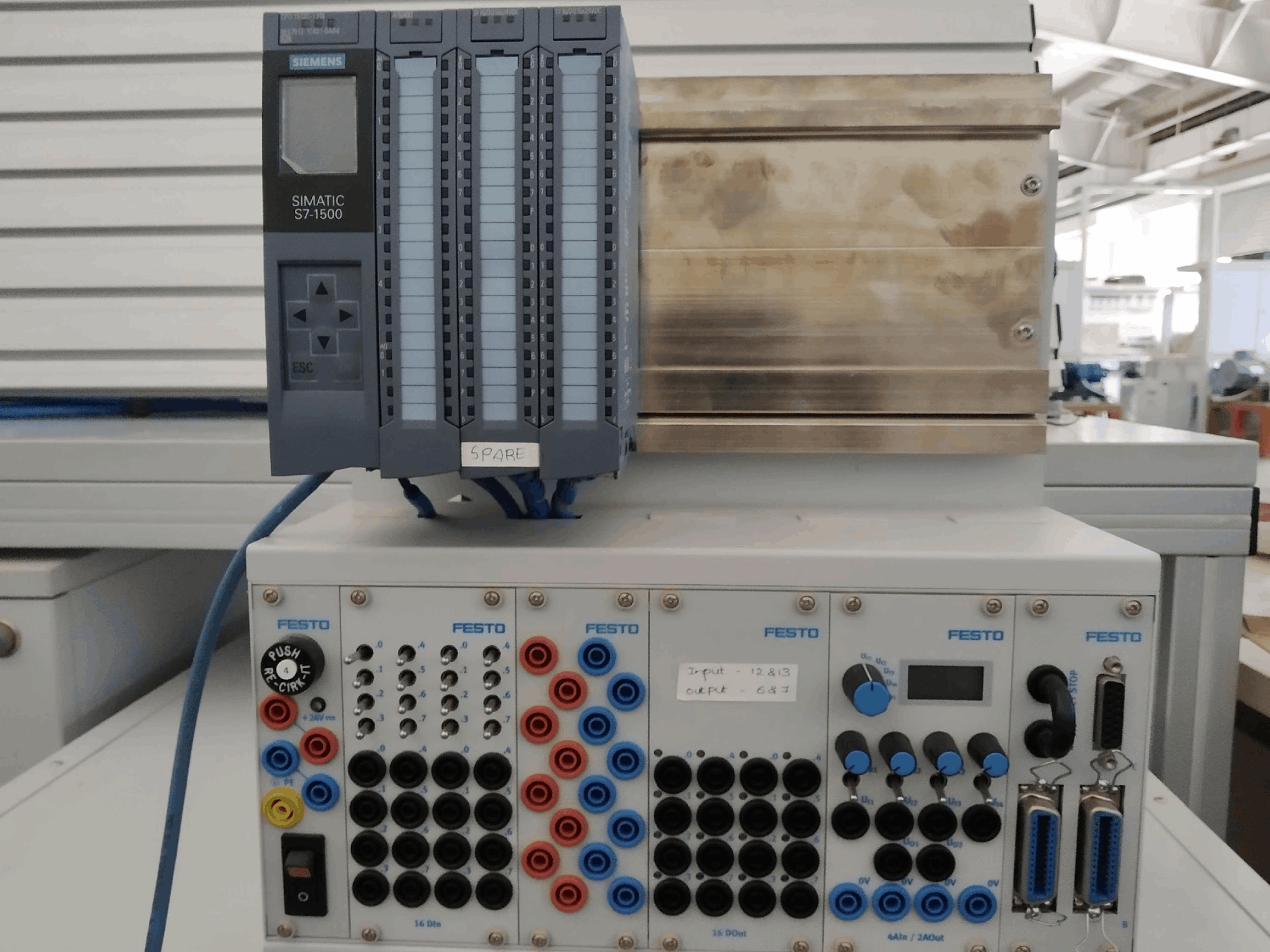
Electro-Pneumatics and Electro-Hydraulics System
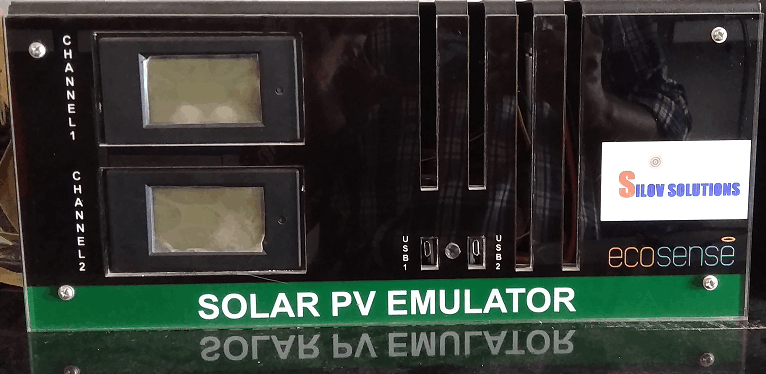
Solar PV Emulator

Solar PV Emulator
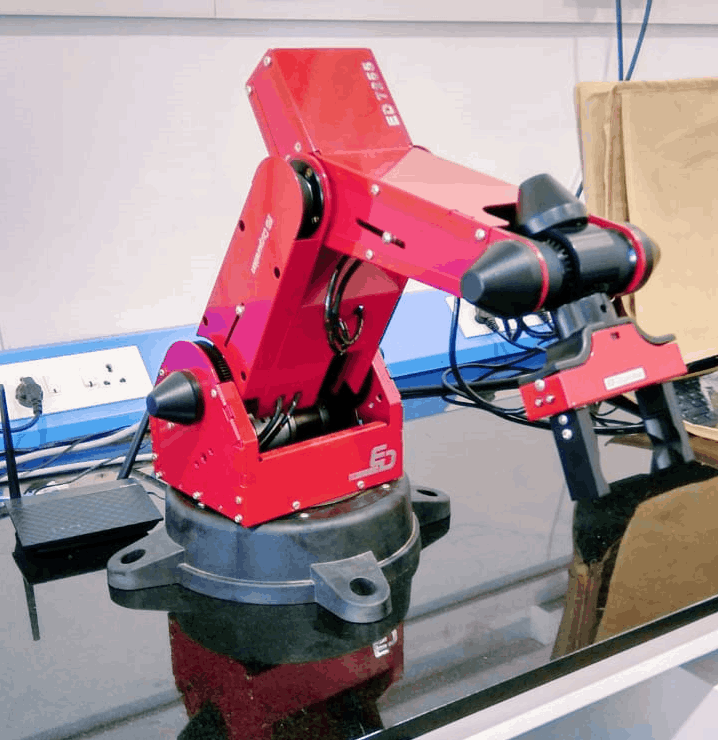
Axial Robot
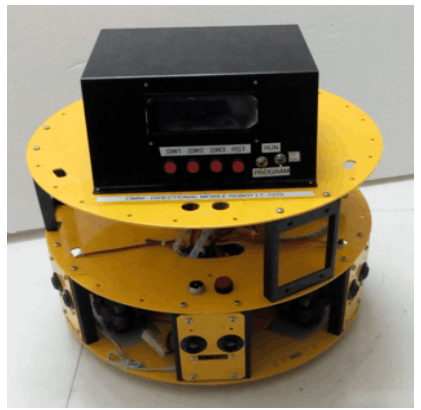
Omni Directional Robot
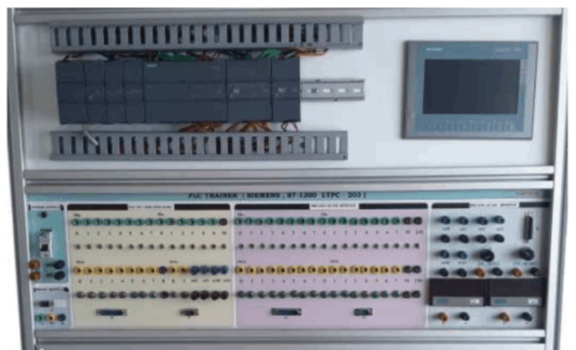
Programmable Logic Controller Trainer
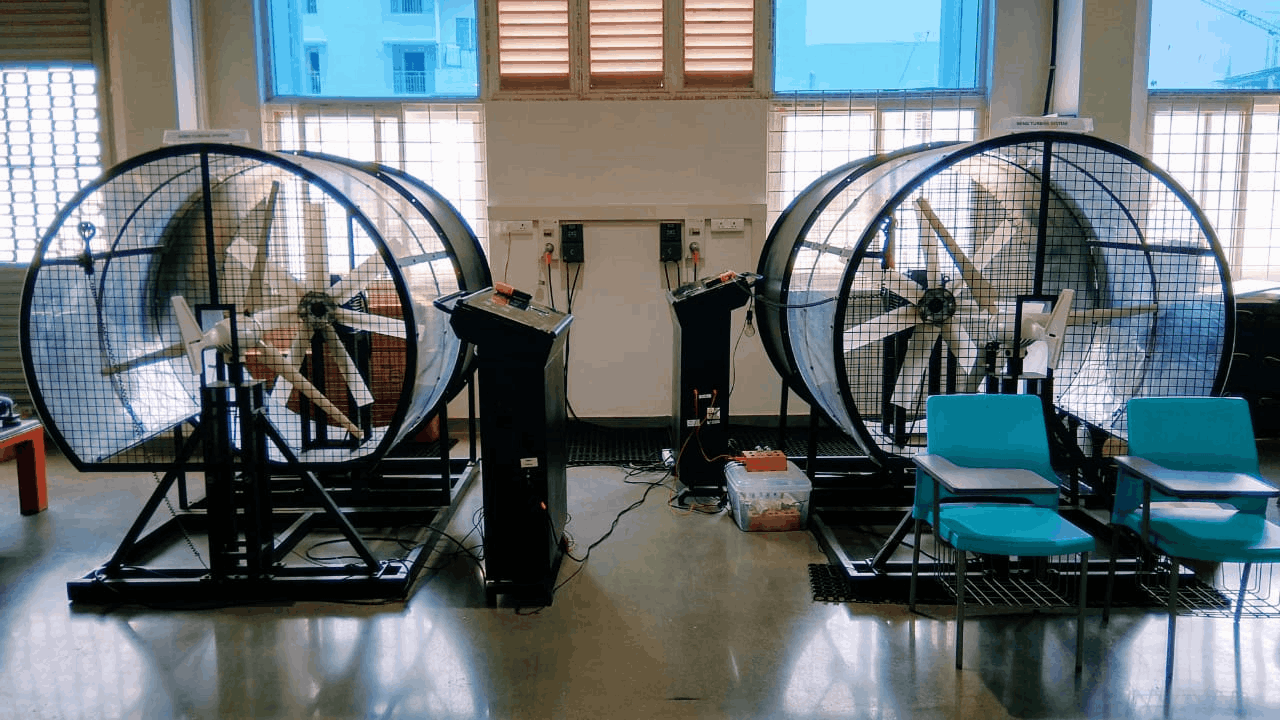
Wind Energy Training System